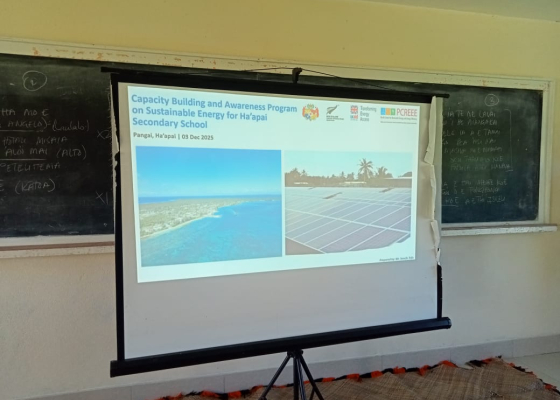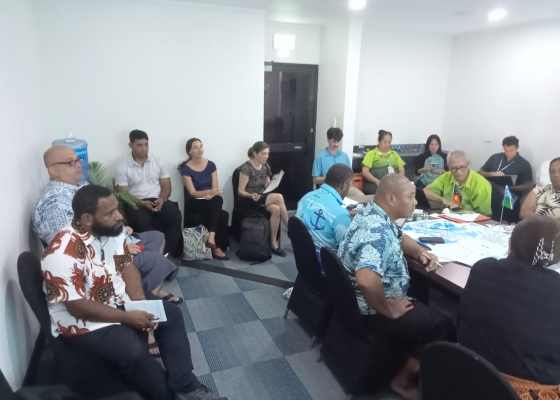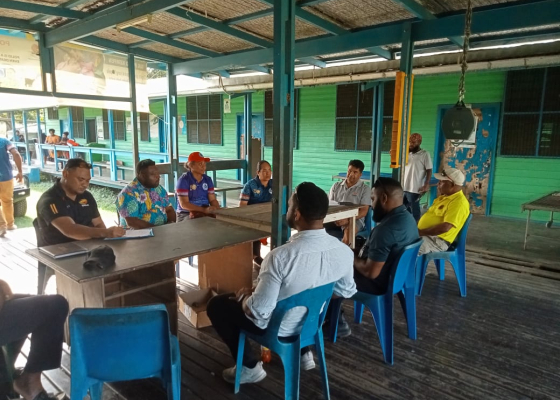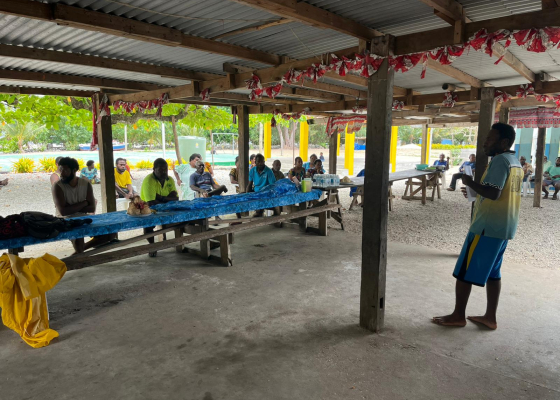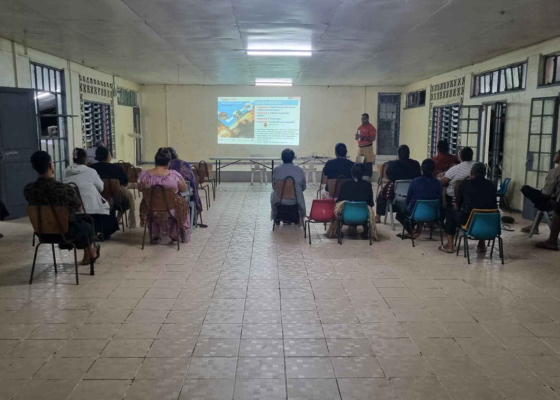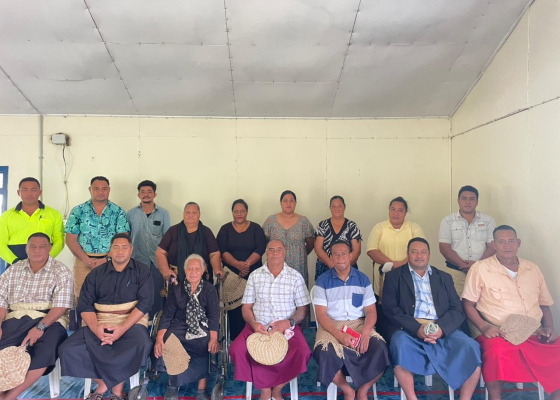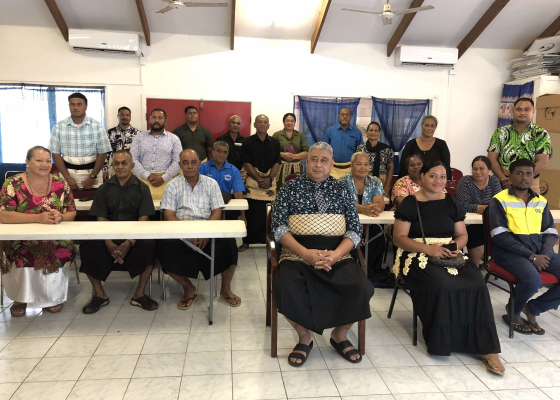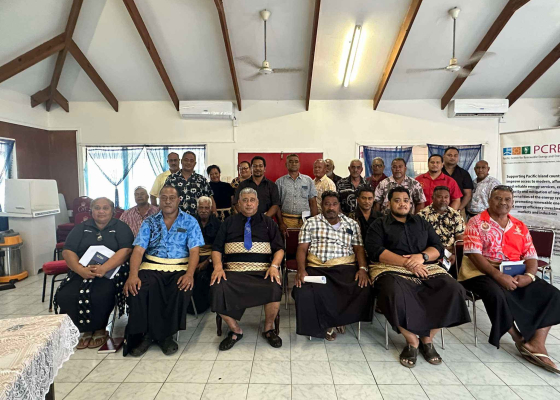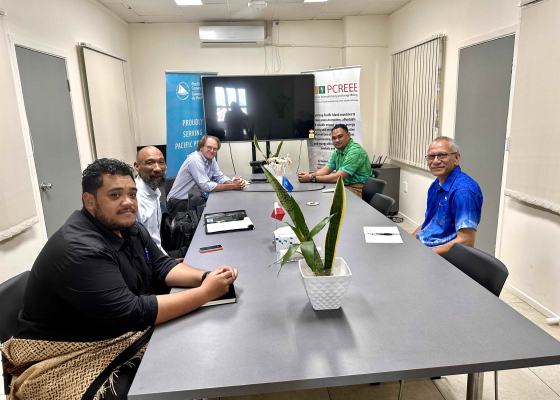Urban Energy in Fiji - A survey of Suva's household, industrial, and commercial sectors (1987)
This study was undertaken to analyze the use of energy in the household, industrial, and commercial sectors of urban Suva. It involved surveys of 1011 electrified households, 301 nonelectrified households, 76 industrial establishments, 77 commercial concerns, and 10 large office buildings. The surveys included questionnaire-based interviews, examination of premises, and the study of the records of consumption maintained by users and suppliers of energy.
For householders, transport was found to be the most important single use of energy (38% of total demand). On average, each household used each week 3.99 L of bus diesel fuel, 2.21 L of taxi gasoline, and 22.69 L of private car gasoline. Consumption of private car gasoline was closely correlated (r = 0.97) with household cash income. Studies of the per-capita usé of transport energy elsewhere suggest transport energy could be reduced in Suva.
Household cooking accounted for 36% of total household energy demand. Of the principal fuels, 400 mL kerosene was used for each meal prepared with it and 2.1 kg wood was used for each meal prepared with it. When wood was used, it was nearly always as an open fire; kerosene was most commonly used with the multiwick burner, which has been shown in tests to have a heat-use efficiency of 49.6%. Use of liquefied petroleum gas (LPG) and electricity was largely confined to higher-income homes. Cost per meal was 2 4 for wood, 16 t for kerosene, 30 e for LPG, or 55 t for electricity.
Upcoming Events
-
01/19/2026 to 01/23/2026
-
03/02/2026 to 03/03/2026







